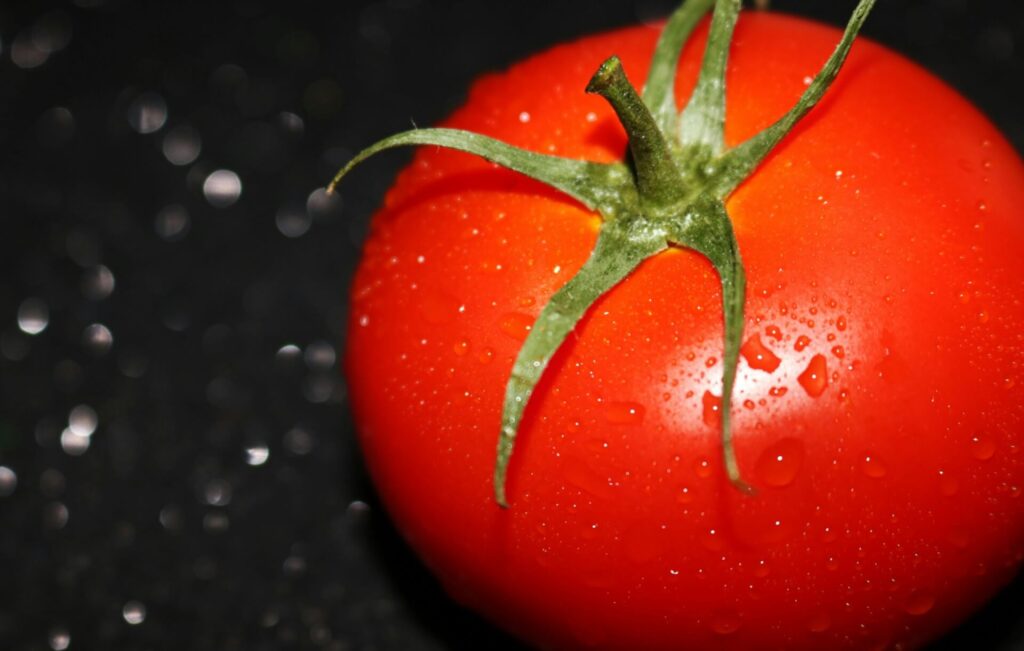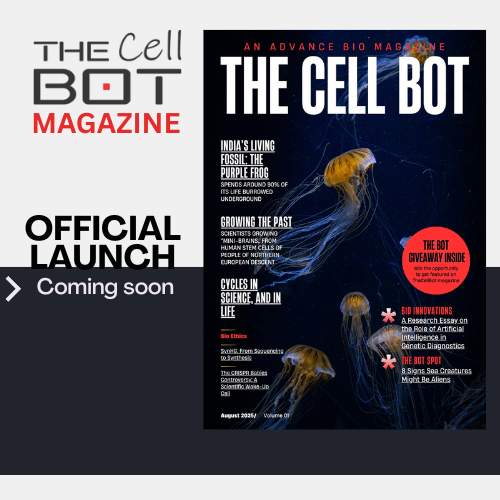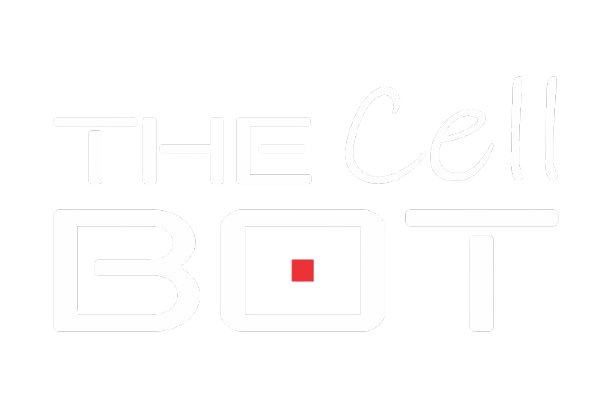While developing this article for TheCellBot.com, I was incidentally listening to a speech by Burkina Faso’s President Ibrahim Traoré. Intrigued by his thought leadership and his active work to promote self-reliance amongst the African people, I came across his thought behind launching a tomato processing plant in Bobo-Dioulasso, Burkina Faso. The plant processes 100 tonnes of locally grown tomatoes per day, turning them into paste and puree, churning it into an economic resource. Tomatoes came to be known as “red gold,” the initiative generated over 3,000 jobs, reduced imports and produced an exponential rise in annual sales. It set a powerful example of how something as common as a tomato could become a pillar of national development (Africa News Agency)
While President Traoré’s approach towards tomatoes is driven by economic sustainability and community upliftment, a simultaneous revolution is happening in science through CRISPR gene editing. What if the same tomato, that catalysed economic change, could also be genetically modified to resist disease, grow in harsher climates, adapt to climate change and become more nutrient-dense? This marks a new Agri-Tech era, maintaining sustainable development and social upliftment at its core. I was immediately struct by the intersection of the two events—”From Tomatoes to Technology, Two Paths, One Purpose.”
CRISPR
CRISPR (Clustered Regularly Interspaced Short Palindromic Repeats), a gene-editing technology, was discovered as a part of the natural defence mechanism in bacteria (E.coli) and has become one of the most promising technologies for improving yield in agriculture. It is precise, affordable, and has wide applications, allowing genetic changes that were once unimaginable. Paired with the Cas9 protein, the CRISPR/Cas9 system acts like molecular scissors, cutting DNA at precise locations so scientists can remove, replace, or add specific genetic sequences, through knock-out or knock-in gene modifications at target site (Peng et al.)
In the field of agricultural biotechnology, CRISPR is providing a quick solution for some of the biggest threats to food security. It overcomes the restrictions encountered in conventional breeding, physical or chemical mutagenesis, or transgenic introduction of desirable traits such as cumbersome or lengthy procedures.
In the tomato plant, researchers have used CRISPR to remove genes that make tomatoes vulnerable to infections like powdery mildew and late blight. The tomato plant is imparted traits for drought-tolerance, along with tolerance to salinity and heavy metal toxicity, which are common abiotic stressors. Nutrient enrichment such as increase in lycopene, GABA, and ascorbate content, has also been introduced through modification of genes (Tiwari et al.).
The Link
Captain Traoré’s tomato factory shows how innovative solutions that are rooted in local resources, carry the potential to create jobs, and boost economies. CRISPR on the other hand, provides a scientific innovative solution to make those same tomato crops more resilient, nutritious, and profitable.
Together, they represent two sides of the same mission: to transform agriculture into a sustainable, powerful path for progress. Whereas one does it through investment and infrastructure, the other through genetic editing and biotechnology.
Both centre around a humble crop, the everyday, taken-for-granted tomato, offering a glimpse into what is possible when good intent, science and society work in harmony.
BotThoughts
When I heard the news about Traoré’s tomato plant, I was struck by how simple ideas can have massive effects. As someone who studies biology and hopes to pursue molecular genetics, I’m excited by the idea that food security isn’t just about growing more, it’s about growing smarter. CRISPR gives us a way to do exactly that.
While giving adequate regard to ethical and safety concerns, innovation such as this should be encouraged when it works to uplift people, prevent food shortage and protect the planet.
References
Africa News Agency. “Burkina Faso: Inauguration of the Tomato Processing Plant in Bobo-Dioulasso.” Africa News Agency, 6 Dec. 2024, africa-news-agency.com/burkina-faso-inauguration-of-the-tomato-processing-plant-in-bobo-dioulasso. Accessed 10 July 2025.
Peng, Bo, et al. “Application of CRISPR/Cas9 Technology in the Genetic Improvement of Rice Yield and Quality Characters.” Journal of Biology and Life Science, vol. 11, no. 2, May 2020, p. 62. https://doi.org/10.5296/jbls.v11i2.17039.
Tiwari, Jagesh Kumar, et al. “CRISPR/Cas Genome Editing in Tomato Improvement: Advances and Applications.” Frontiers in Plant Science, vol. 14, Feb. 2023, https://doi.org/10.3389/fpls.2023.1121209.




